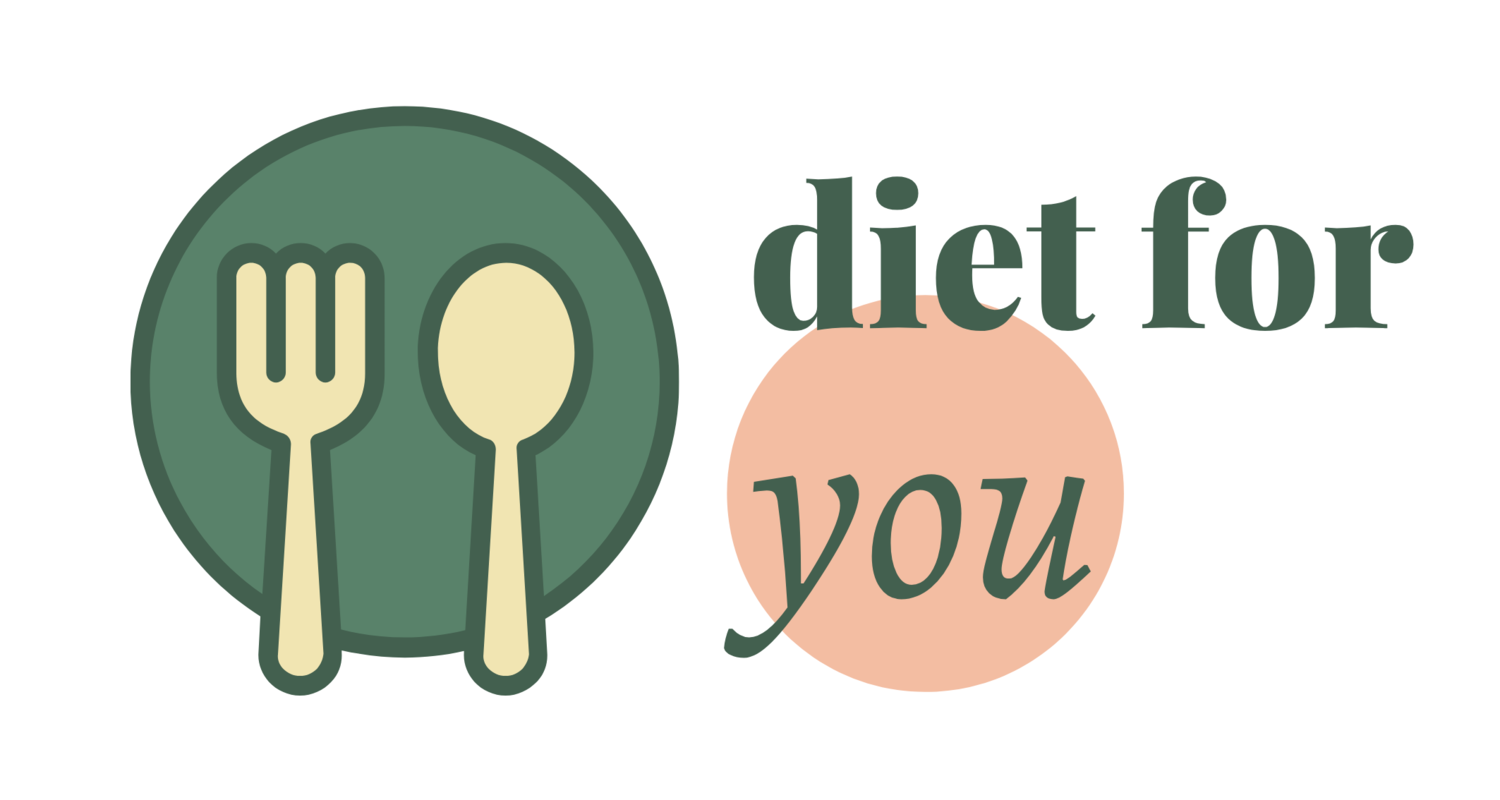Struggle with Comfort Eating? Try These Three Steps
Food is eaten for many reasons, as it fulfils several purposes. Providing a momentary escape from unwanted emotions is one of these. Unfortunately, in these moments, carrot sticks, apples and raw almonds are not what we typically crave. Rather it’s sweet, processed, and highly calorific foods. Stress can lead to large amounts being consumed in very little time, leading to disappointment, regret, and a feeling of being out of control. But with practice, you can quickly regain control over stress and comfort eating. Following are three simple steps to follow, the next time stress has you raiding the fridge or pantry.
Step One: Acknowledgement
It’s crucial to be aware of when stress or emotion is triggering a food craving, at the very moment it’s happening. An urge to comfort eat is nothing to be ashamed of. In fact, it’s completely normal for our brain to look for distractions and outlets to deal with emotional discomfort. Food is being used for this very reason, only it doesn’t do a very good job as a stress reliever, over the long run. As soon as a trigger to eat happens, take a step back and acknowledge, without judgement, why you feel this way. Bring self-aware is the first step to achieving mindfulness, which is ultimately the cure for comfort eating.
Step Two: Buy Yourself Time
Take a deep breath and try to slow the situation down. When we are stressed and emotional, our decisions and actions tend to speed up. Once you have acknowledged a desire to eat that’s being triggered by stress, buying yourself five minutes can be a game-changer. Look at the clock and commit yourself to filling the next five minutes with something other than eating. Examples are listening to music, getting some fresh air, doing intentional deep breathing, or even calling a friend. Try to do things that will reduce stress, rather than contribute to it.
It's important that these five minutes are intentional. The idea is not to distract yourself, or to pretend you don’t crave food. It’s not even to try and rid yourself of the craving. The only purpose is to slow the situation down and buy yourself time. With practice, these five minutes will begin teaching your brain to deal with stress naturally, without the need for food or other such outlets.
Step Three: Make a Mindful Choice
After five minutes, honestly evaluate your craving. Don’t rush into eating without first understanding exactly what it is you feel like. Perhaps at this point, you have realised that simply taking in some deep breaths, or getting fresh air, has given you ample relief. With more practice, this will happen more and more.
But sometimes chocolate will still be on your brain. Step three is about mindfully eating according to your specific craving.
If it’s chocolate you crave, have some. But with a few conditions in place. Firstly, commit to eating it mindfully. Sit down and consciously focus on one mouthful at a time, extracting as much enjoyment possible from each bite. Secondly, stop when you feel satisfied. Continue asking yourself if you still feel like eating, or whether you can happily stop with the knowledge you can enjoy more later. Thirdly, don’t riddle yourself with guilt. Once the moment passes, refuse to carry around guilt and regret. What’s happened has happened, and it’s time to get on with your day in a positive way.
For those with a long history of over-eating and guilt, again using five minutes can be useful. Only this time allow yourself to feel as guilty and evil as you please, but only for five minutes. Once ended, move on like it never happened. There is no need to further punish yourself or make up for what happened by restricting intake today or tomorrow. Again, this will take practice, but I assure you it will be worth it in the long run.
If you continue to feel overwhelmed by comfort eating, and crave more control overeating and healthy habits, please reach out for help. As a dietitian based in Adelaide, I’ve helped many clients successfully navigate these problems over the years. No two people are the same and understanding your unique circumstances and food triggers is the first step to applying the right strategies for you.
Article written by David Finnin, Adelaide Dietitian and Nutritionist


